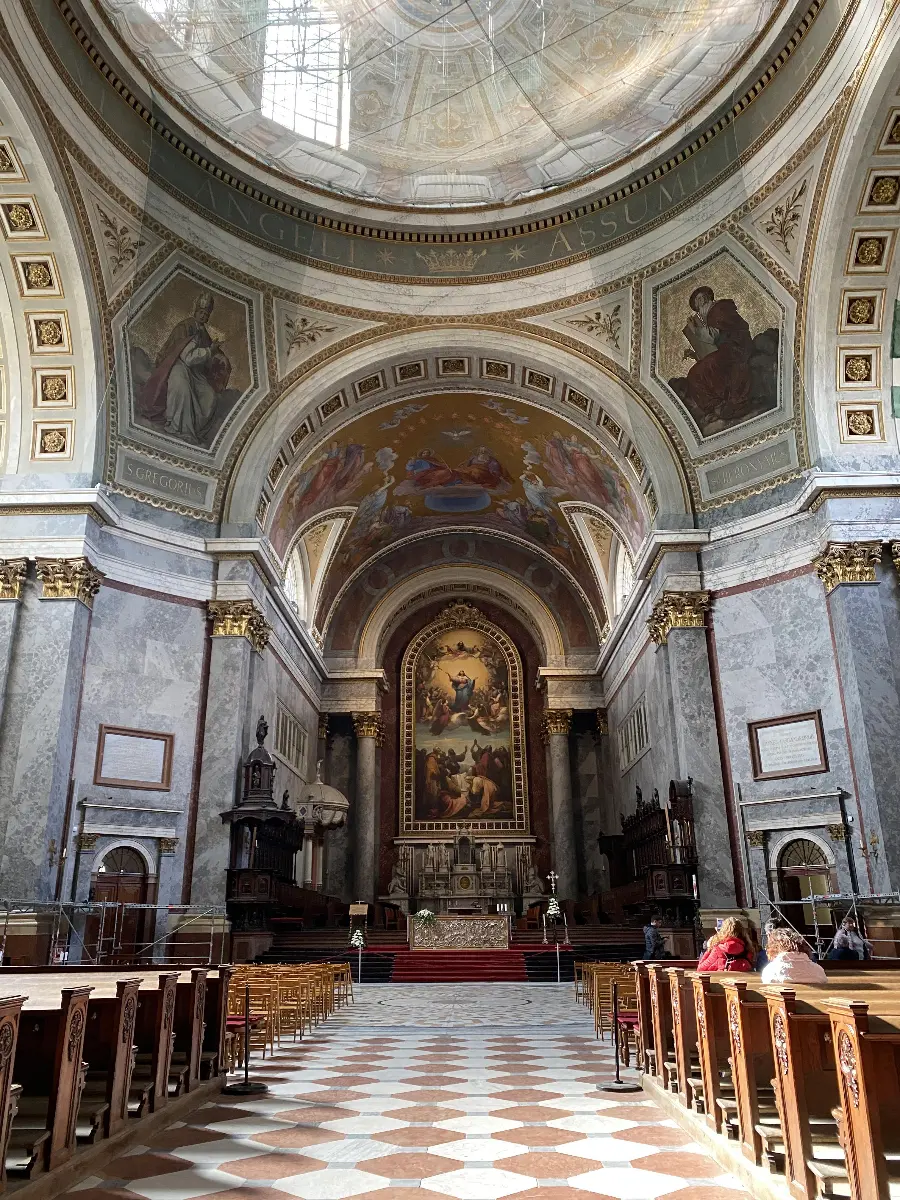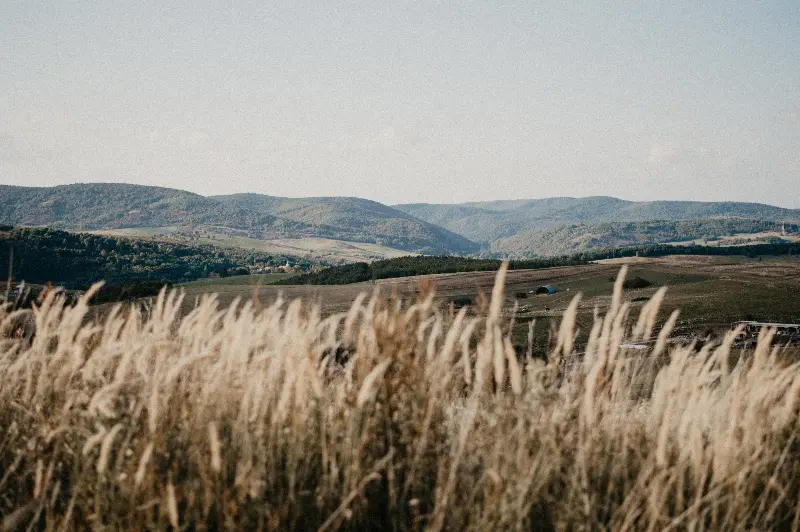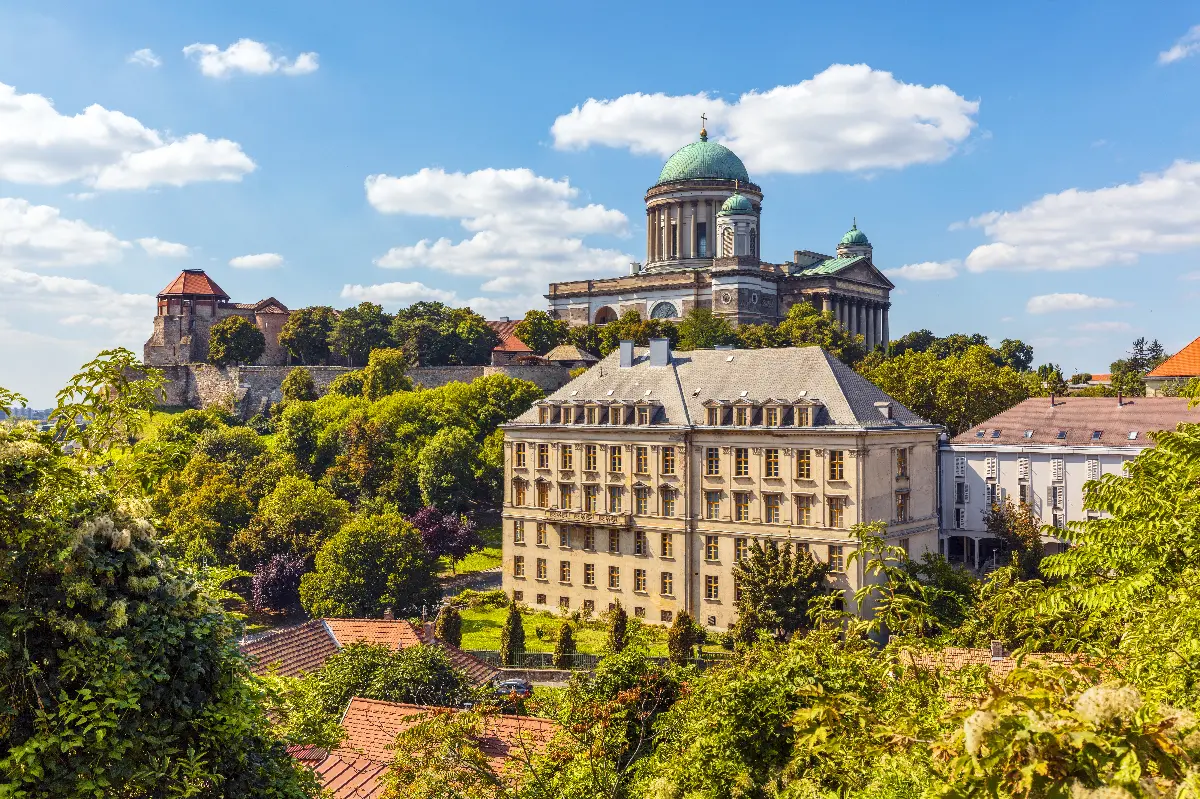
Helyszín címkék:
Seven Curiosities about Esztergom Basilica
Séra Zsanett
1. Record thick load-bearing walls
Upon the construction of the Basilica, professionals did their best to ensure the stability of the huge building, and they dug deep down, to the rock base of Castle Hill. The walls holding the dome, as thick as 17 metres, are the thickest walls in Hungary.
2. Elephant-heavy bells
The Basilica has three bells, located in the Southern Bell Tower. The largest of these weighs 5827 kilograms and its diameter is 218.5 cm. The bell, cast in 1938 by László Szlezák, is almost as heavy as a fully grown African female elephant.
3. The highest building in Hungary
The height of Esztergom Basilica counted from the crypt to the dome sphere is exactly 100 metre, which means it is the tallest church and building in Hungary. Only cell towers and reinforced concrete structure power plant and factory chimneys are taller than the Basilica. Fun fact: 18 giraffes would need to be placed on each others’ heads in order to reach the top of the dome.
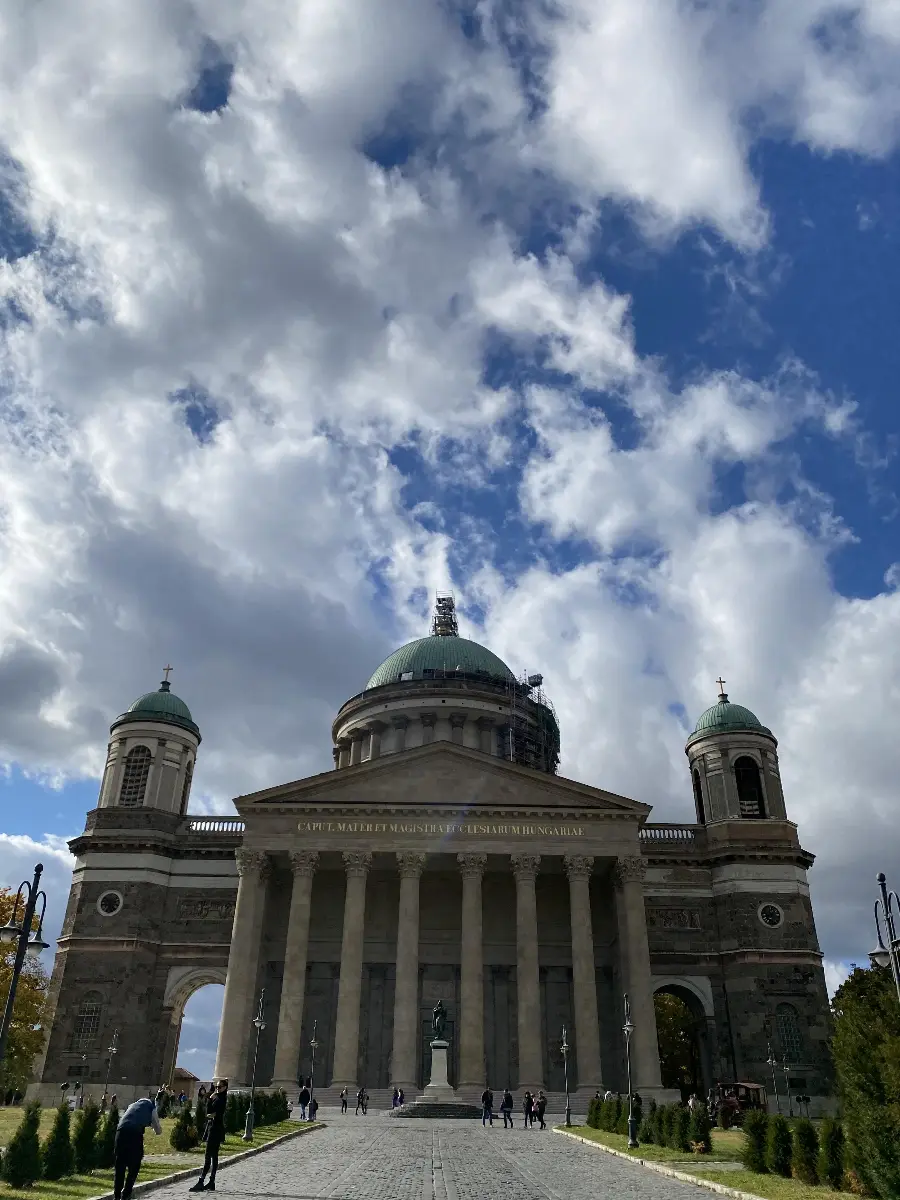
4. Innovation in architecture
When creating the church the professionals of the time applied numerous technical innovations. Due to the prominent figure of neoclassical architecture János Packh, hollow bricks were used here for the first time in Hungary. He was the first architect in the territory of Austria-Hungary who began the mass production and the use of hollow bricks, which are very good insulators. He also used this type of brick for the vaultings above the Basilica’s sacristies.
5. It took about 50 years to build it
The foundation stone for Esztergom Basilica was laid in 1822, while its keystone was placed in 1869. Over that 47 years, the neoclassical Basilica was built by four prince archbishops according to the plans of Pál Kühnel, János Packh and József Hild. It was the greatest church construction of the first half of the 19th century. According to the original plans, the Basilica and the associated buildings would have covered all of Castle Hill. Although in the end these plans have not been implemented, in the Panorama Hall on the second floor a huge model shows what it would have been like if the gigantic building complex was finished.
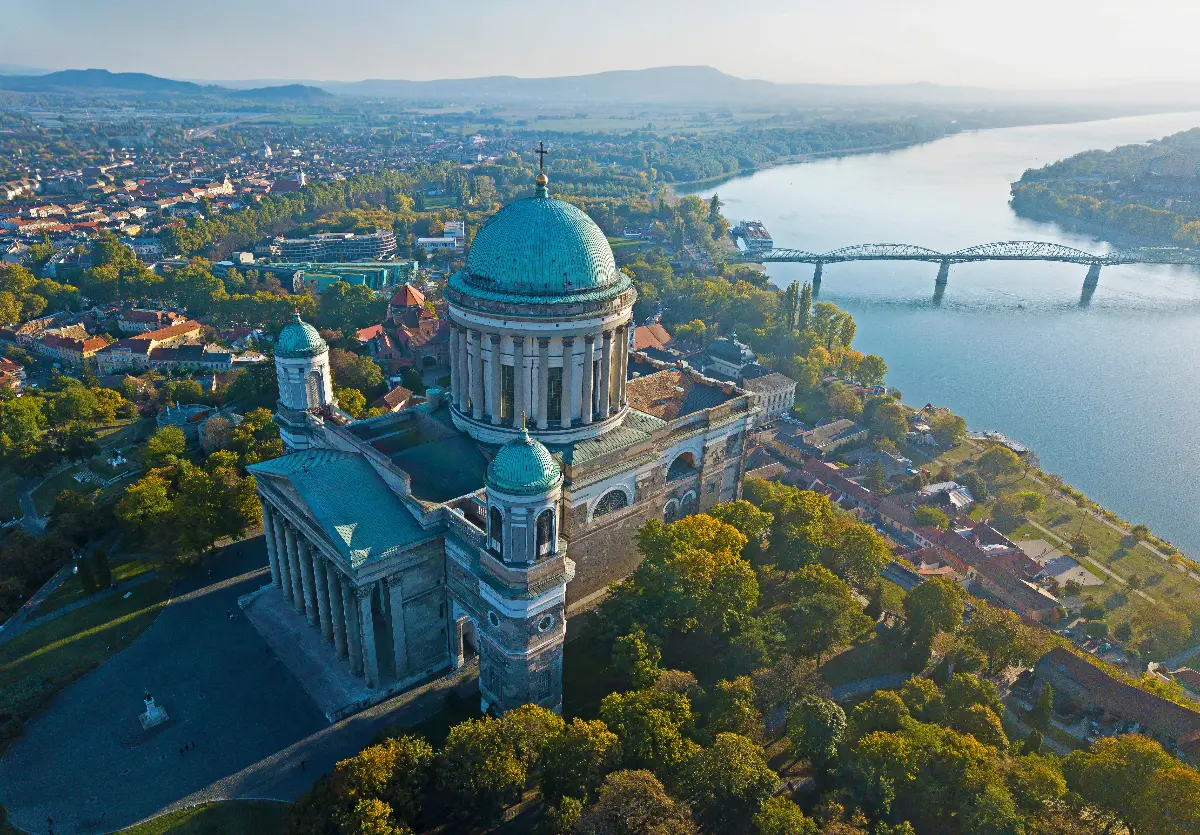
6. Puzzle Chapel
The remarkable relocation of Bakócz Chapel was also carried out by János Packh. The chapel, built of red marble in the 16th century, is the only renaissance monument preserved intact in Hungary. The architect could only resolve its transportation and relocation by cutting it into 1600 pieces, and it was put together in its new place, in the Esztergom Basilica, like a huge puzzle.
7. The richest treasury in Hungary
The Basilica’s Treasury, located on the first floor of the Basilica, besides being one of the richest church treasuries in Hungary, has a world-class goldsmith and textile collection. The oldest object here is an oval engraved rock crystal, which is more than 1150 years old! However, walking around the treasury one can discover numerous artworks related to Hungarian monarchs, such as the calvary of King Matthias Corvinus or the horn-goblet of Sigismund of Luxembourg. Furthermore, most regalia used on the occasion of the coronation of Hungarian kings are preserved here.

